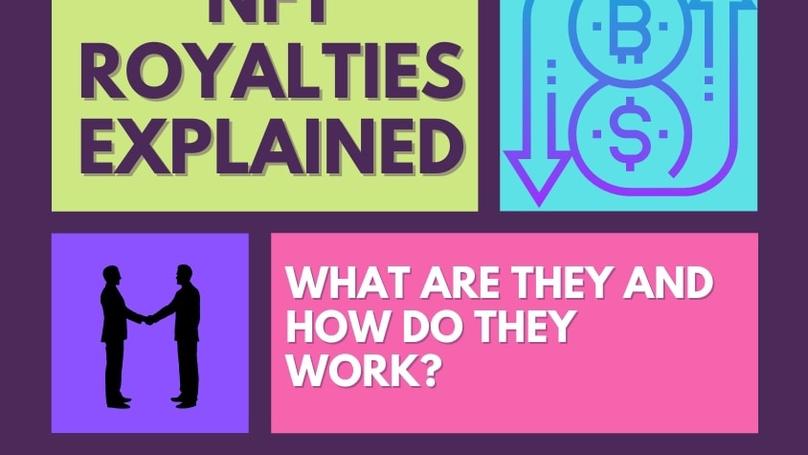Bio
I am a tenured Assistant Professor of Information Systems at Tilburg University in the Department of ISOM. I received my Ph.D. in Information Systems from the Jindal School of Management, University of Texas at Dallas in 2020.
My research interests include FinTech, open-source software, and artificial intelligence. My methodological expertise is in analytical modeling with game theory and econometrics.
My work has been published in MIS Quarterly and Information Systems Research, and my papers have been nominated for best student paper award at CIST 2025, best paper award at ICIS 2023, and presented at WISE, CIST, ICIS, INFORMS, SCECR, Workshop on Digital Markets, Digital Economy Workshop, and the Platform Strategy Symposium.
- FinTech
- Open Source Software
- Artificial Intelligence
-
PhD in Information Systems, 2020
University of Texas at Dallas
-
MSc in Industrial Engineering, 2015
Sabanci University, Istanbul, Turkey
-
BSc in Industrial Engineering, 2013
Sabanci University, Istanbul, Turkey
Featured Publications

Non-fungible token (NFT) marketplaces enable users to mint and trade digital assets, such as collectibles, trading cards, and digital artwork. Many of these platforms accommodate resale royalties, which return a predetermined percentage of the proceeds from future resales of the digital asset to the creator. Although the adoption of resale royalties may seem beneficial for NFT creators by providing a recurring source of income, it could have unintended consequences on the sales price and the liquidity of the underlying NFT, potentially affecting both the platform’s commission revenue and the creator’s short-term return. In this paper, we aim to understand the antecedents and consequences of resale royalties. Specifically, we empirically investigate the impact of minting costs on royalty rates and subsequently, the effects of resale royalties on primary market sales prices and liquidity. Our identification strategy combines a difference-in-differences model that leverages a policy change that eliminated up-front minting fees for creators and an instrumental variables approach. We find that NFT creators reduce royalty rates when they mint an NFT without incurring minting costs. Furthermore, we observe that higher royalty rates lead to reduced sales prices in the primary market, suggesting the presence of a delayed gratification effect as creators hope for future royalty payments. We also investigate the underlying mechanisms, and we find that NFT creators who are more confident about future resales tend to lower their primary sale prices but are unable to recoup those losses in the short term, providing evidence of an overconfidence effect. Surprisingly, we find that the presence of resale royalties also negatively affects market liquidity despite reduced sales prices. Our findings offer immediate implications for creators and platforms regarding resale royalty strategies and whether to enforce royalties.